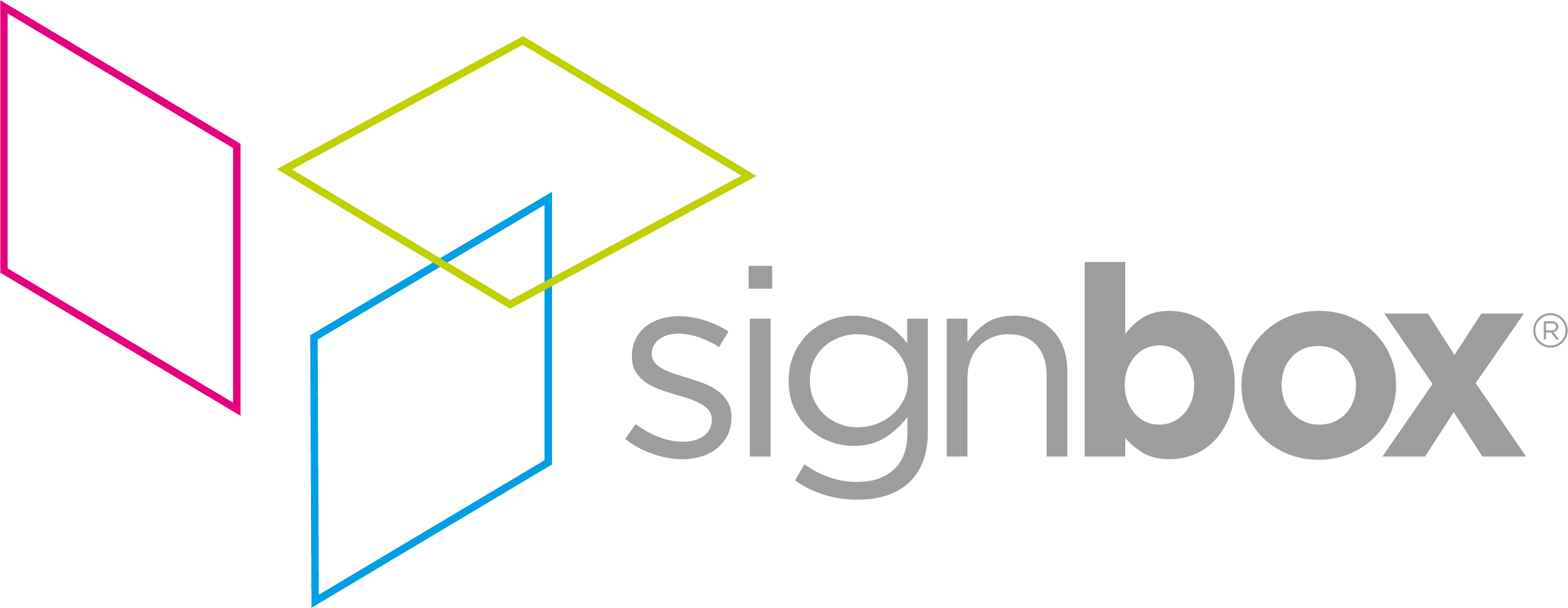You don’t have to be a collector or connoisseur to appreciate the benefits of art – and if you thought those visual masterpieces were just for the gallery, it’s time to think again. A recent survey conducted by the British Council for Offices (BCO) and International Art Consultants has revealed that art in the workplace is relevant, welcoming and could actually do a lot for your productivity too.
The survey of BCO members showed 94% of them felt that art makes the workplace feel more welcoming, 87% suggested art was more relevant in today’s office spaces and more than 60% agreed that art stimulates creativity. The idea that a more inspired workplace can stimulate the senses, boost well-being and, ergo, productivity is backed by expert evidence. Dr Craig Knight, who heads an Exeter University psychology department research group, suggests that ‘not only does office design determine whether or not people’s backs ache, it influences how much they accomplish, how much initiative they take and their overall professional satisfaction’.
So, the consensus declared, it makes sense to explore exactly what constitutes workplace art and how best to curate it – and who with.
In getting right to the modern art of the matter, it’s important to think laterally; workplace art should be considered less of a painting or sculpture and more of an impact statement. Think digital wallpaper, supergraphics, glass manifestations and large format screens and it’s not hard to imagine how a building’s occupants – and its corporate brand – can really benefit from a brighter, more visually engaging environment.
Fortunately, a new generation of industrial inkjet print machinery has revolutionised the way we can transform the workplace setting; Signbox’s pioneering Durst Rho P10 160 inkjet printer has enabled us to change the face of interior spaces with fine art quality environmental graphics that can be used as powerful displays and contemporary wall coverings as well as innovative privacy screens, banners, blinds and room partitions.
And, although these exciting printing processes have made workplace graphics significantly more affordable than traditional interior styling, it seems the cost of that office art installation should really be seen as more of an investment than an indulgence. Mark Catchlove, a director at Herman Miller and an expert in the working environment, points out that it makes sound financial sense to make employees feel as good as possible in the office, and well-chosen art can make all the difference.
Naturally, how we apply a new culture of workplace creativity is critical to the success of the scheme. It’s only by working closely with building owners, architects and designers that we’re able to achieve an ingenious, yet coherent style, incorporate the most appropriate materials and printed media and, of course, reflect the corporate brand in the best possible light.
The results we’ve achieved for employers within a diverse range of workplace environments have shown us that such collaboration is key if we’re to see some serious productivity ROI on our art installations and we ignore the needs and tastes of our employees at our peril. Dr Craig’s research revealed that staff work 15 per cent more efficiently in an office decorated with art and plants – yet productivity increased by a staggering 30 per cent when they decorated their own office space.
So, if you’re considering how to boost morale, performance and the bottom line, embrace your inner creativity, talk to your teams and the experts and let leash – you’ll certainly be in good company.


